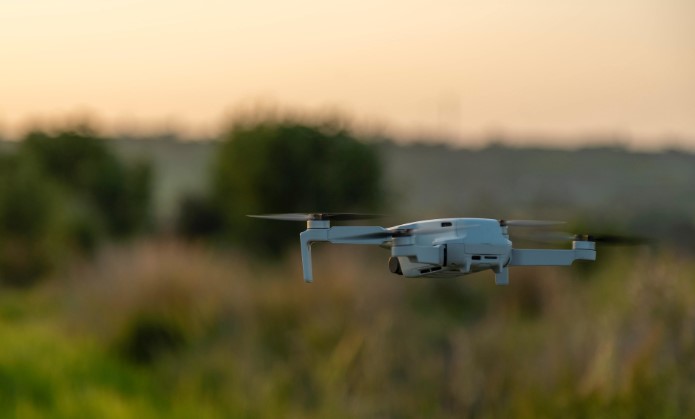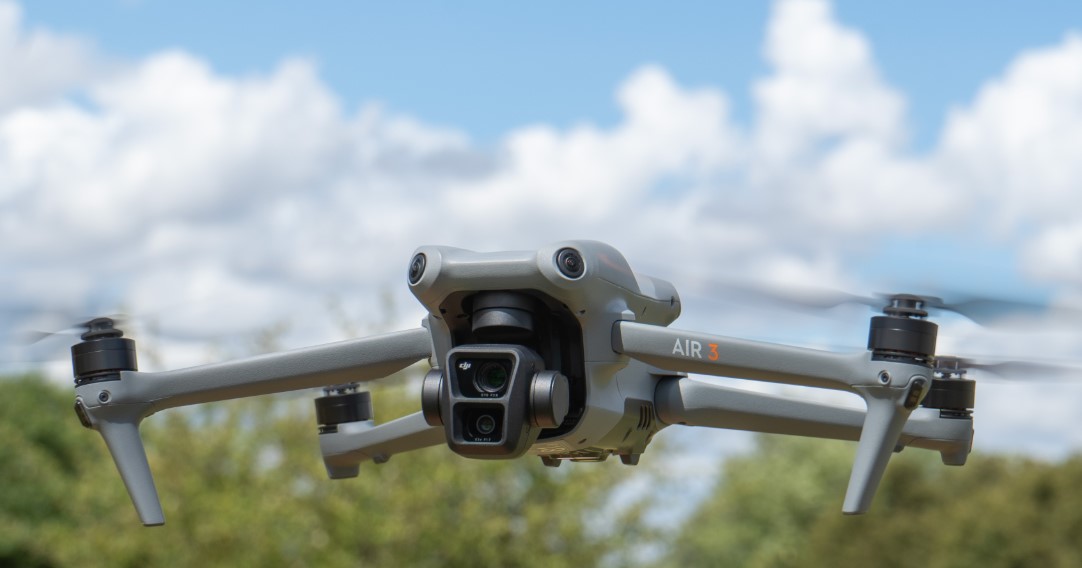Drones and quadcopters have become buzzwords in modern technology, widely used across industries and for recreational purposes. Despite their growing popularity, the terms are often used interchangeably, leading to confusion. Understanding the distinction between drones and quadcopters can help individuals make informed choices when investing in these devices or learning about their applications. This essay delves into the differences, similarities, and unique features of drones and quadcopters while highlighting their practical uses and evolving roles in society. Follow Dronevoz.com !!!
Defining the Terms: Drone vs Quadcopter
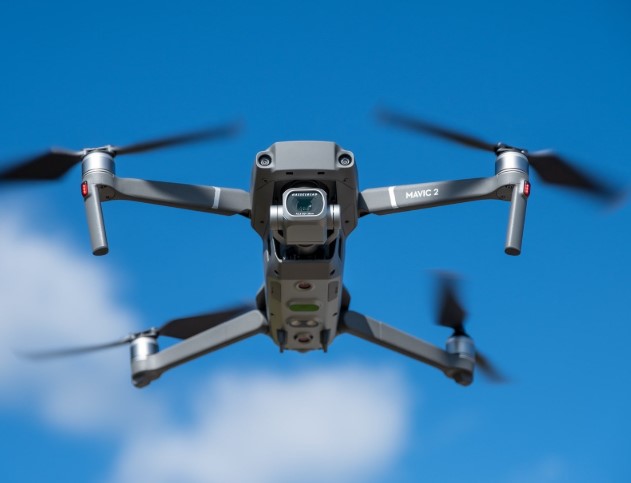
- What Is a Drone?
A drone is an unmanned aerial vehicle (UAV) that can operate without a human pilot onboard. It is a broad term encompassing various types of remotely controlled or autonomous aircraft. Drones can range from small, lightweight consumer models used for photography to large, sophisticated military-grade machines designed for surveillance, cargo transport, or combat. Equipped with advanced sensors, cameras, and sometimes weapons, drones are versatile and adaptable to numerous applications.
Drones can have various configurations, including fixed-wing, rotary-wing, and hybrid designs. Their key features often include GPS navigation, onboard computers, and wireless communication systems that enable them to execute complex tasks.
- What Is a Quadcopter?
A quadcopter is a specific type of drone that uses four rotors for propulsion and stability. The name “quadcopter” is derived from “quad” (four) and “copter” (helicopter). These devices are predominantly designed for recreational use, aerial photography, and videography.
Quadcopters typically feature four arms, each with a motor and propeller. They are easier to control and maintain than other drone types, making them popular among hobbyists and professionals alike. While all quadcopters are drones, not all drones are quadcopters—a key distinction to keep in mind.
>>> Click How Many Kilometers Can a Drone Fly?
Key Differences Between Drones and Quadcopters
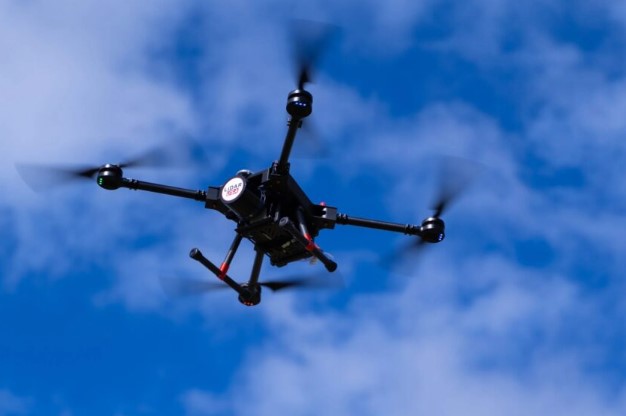
- Design and Configuration
- Drones: Drones can have various designs, including fixed-wing aircraft, single-rotor helicopters, and multi-rotor configurations. The diversity in their designs allows drones to perform specialized tasks across different industries.
- Quadcopters: Quadcopters, by definition, have four rotors. They rely on the coordinated speed of these rotors for lift, stability, and maneuverability. This specific design makes them well-suited for hovering and precise movements.
- Purpose and Applications
- Drones: The applications of drones are vast and varied, encompassing military operations, agriculture, disaster management, and logistics. For instance, drones equipped with thermal imaging cameras are used in search-and-rescue missions, while delivery drones are transforming e-commerce logistics.
- Quadcopters: Quadcopters are primarily used for personal or commercial purposes, such as capturing aerial photographs, recording videos, and conducting small-scale surveys. They are less versatile than other drone types due to their limited payload capacity and range.
- Autonomy and Control
- Drones: Many drones, especially in commercial and military sectors, are equipped with advanced AI systems that enable autonomous flight and decision-making. They can follow pre-programmed routes, avoid obstacles, and adapt to changing environments without human intervention.
- Quadcopters: Most quadcopters are controlled manually or semi-autonomously using remote controls or mobile applications. While some high-end models offer GPS-assisted flight and obstacle avoidance, they typically lack the advanced AI capabilities of larger drones.
- Size and Payload Capacity
- Drones: Drones vary significantly in size, from compact models that fit in the palm of your hand to massive machines capable of carrying heavy payloads. Larger drones are used for cargo transport, mapping, and military applications.
- Quadcopters: Quadcopters are generally small to medium-sized, limiting their payload capacity. They are not ideal for tasks requiring heavy lifting or long flight durations.
- Cost and Accessibility
- Drones: Due to their advanced features and specialized designs, drones can be expensive, particularly models used for commercial and industrial purposes.
- Quadcopters: Quadcopters are more affordable and accessible, making them a popular choice for hobbyists and amateur photographers. They are often marketed as entry-level drones.
Similarities Between Drones and Quadcopters
Despite their differences, drones and quadcopters share several similarities:
- Remote Operation: Both can be operated remotely using controllers, smartphones, or tablets.
- Aerial Capabilities: Both are capable of flying and hovering, making them useful for capturing aerial views.
- Battery-Powered: Most drones and quadcopters rely on rechargeable batteries for power.
- Camera Integration: Many models are equipped with cameras for photography, videography, and surveillance.
Applications of Drones and Quadcopters
Drones
- Military and Defense: Drones play a crucial role in modern warfare, offering surveillance, reconnaissance, and combat capabilities.
- Agriculture: Drones equipped with sensors and imaging tools help monitor crop health, optimize irrigation, and assess soil conditions.
- Delivery Services: Companies like Amazon and UPS are exploring drone delivery systems for faster, more efficient logistics.
- Disaster Response: Drones are used to assess damage, locate survivors, and deliver supplies in disaster-stricken areas.
Quadcopters
- Recreational Use: Quadcopters are popular among enthusiasts for racing, stunts, and leisure flying.
- Aerial Photography and Videography: With their stable flight and precise control, quadcopters are ideal for capturing stunning aerial footage.
- Inspections: Quadcopters are used for inspecting rooftops, power lines, and other structures, offering a safer alternative to manual inspections.
Evolving Technology and Future Prospects
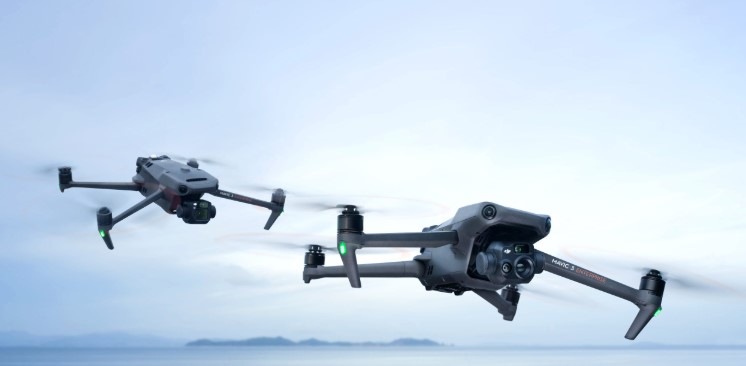
As technology advances, the line between drones and quadcopters is becoming increasingly blurred. Innovations in battery life, AI, and sensor technology are enhancing the capabilities of both categories. For instance:
- AI Integration: Future drones and quadcopters will likely feature more sophisticated AI systems for autonomous operations and real-time decision-making.
- Improved Battery Life: Enhanced battery technology could significantly extend flight times, making both drones and quadcopters more practical for long-duration tasks.
- 5G Connectivity: The adoption of 5G networks will improve real-time communication, enabling smoother and more responsive control of drones and quadcopters.
>>> Read: Can You Fly a Drone in a State Park?
Choosing the Right Device
When deciding between a drone and a quadcopter, it’s essential to consider your specific needs and budget.
- If you require a device for professional applications such as surveying, delivery, or mapping, a specialized drone with advanced features may be the better choice.
- If your primary goal is recreational flying or capturing aerial footage, a quadcopter offers a more affordable and user-friendly option.
Conclusion
Understanding the difference between a drone and a quadcopter is crucial for anyone interested in aerial technology. While all quadcopters fall under the broader category of drones, the reverse is not true. Drones encompass a wide range of devices with varying designs, capabilities, and applications, while quadcopters are specific four-rotor drones ideal for recreational and commercial use.
As technology continues to evolve, the roles of drones and quadcopters are expanding, promising even greater innovation and integration across industries. By knowing their distinct features and applications, individuals can make informed decisions and better appreciate the impact of these remarkable technologies on modern life.
